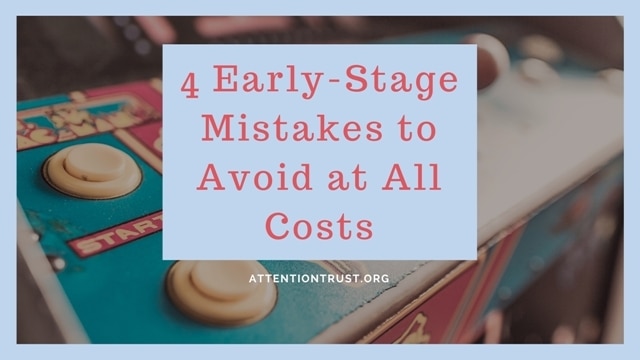Do you know how many early-stage businesses fail before they reach their fifth anniversary?
You might not like the answer. Though there’s some dispute about the exact number, and it’s prone to vary anyway with the vicissitudes of the economic cycle, it’s safe to say that fewer than 60% of all startups make it this long.
Many Never Even Earn Revenue
As an entrepreneur, you know all too well that there’s no magic formula for business success. But you also surely know that some growth strategies have proven their worth time and again. By the same token, you’ve likely seen cringe-inducing mistakes borne of a failure to internalize the lessons of history.
Let’s take a look at four such mistakes, and some simple tips to avoid them.
1. Weak Value Proposition
What sets your product or solution apart?
If you can’t answer that question succinctly and convincingly, you’ve got some work to do. Work on honing a compelling value proposition that appeals to prospective customers and investors alike. (It can vary depending on the audience, of course.)
2. Expensive User Acquisition
Every new user carries an acquisition cost. If you’re not sure how to calculate that cost, or worried that you’re spending too much relative to what each new user is likely to spend (or actually is), you need to adjust. Fast.
“User acquisition is one of the most crucial, and least understood, costs for early-stage entrepreneurs,” says Vivek Rajkumar. “Controlling user acquisition costs requires constant vigilance and discipline, along with a willingness to jettison strategies that aren’t working.”
Lean on lower-cost strategies like free trials, social media marketing, and organic search to boost user acquisition without breaking the bank.
Read Also: The Benefits of Understanding How to Do Your Business Tax
3. Stinginess
Success demands targeted investments in your product, people, and customers. You may know the expression “penny wise, pound foolish” — the tendency for otherwise frugal people to turn temporarily profligate, often in ill-advised ways.
Don’t be stingy where it counts. Identify core areas in which you’ll invest whatever is necessary to achieve your goals. You don’t want to look back following an eventual failure and realize that things could have been different with a looser fist.
Read Also: Top 11 Business Movies
4. Scattershot Revenue
Many companies fall victim to poor revenue models that don’t provide consistent, robust cash flow during the run-up to profitability. For instance, it’s not always sustainable to rely on a handful of high-spending customers: when one disappears, the pain is immediate.
Your ideal revenue model will depend on the nature of your company’s products and services. One model that works well for many service providers is the monthly recurring revenue, which provides crucial predictability and counteracts the disorienting effects of customer churn.
Everybody Gets One
We all make mistakes. Literally all of us.
Yes, even you.
It takes a big person to admit failures and shortcomings. Maybe it shouldn’t. One failure doesn’t render a permanent verdict on your character or abilities, even if it feels devastating in the short term. As long as you internalize lessons learned and resolve to do better next time, failure is just another word for success.

